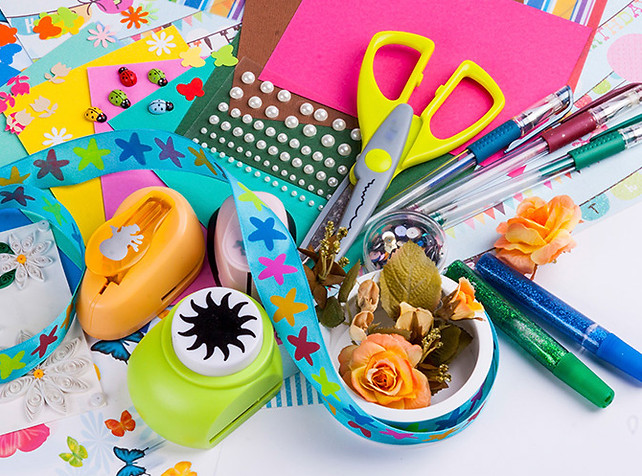Thank You Notes
Do More Than Just Say,
“Thank You”
By: Zane Carson Carruth, Certified Etiquette and Protocol Professional

A thank you note is a personal item. It acknowledges that a gift has been received and appreciated and that the person who received the gift is grateful to the sender. Encouraging children to write thank you notes at an early age is a wonderful way to introduce them to the concepts of appreciation and gratitude. Beginning early, and making the process creative, will spark a habit that will continue through the child’s adult life.
Begin by explaining to your child that the idea behind a thank you note is to let the giver know how much the receiver appreciates their thoughtfulness. Also tell your child that it illustrates the receiver recognizes the time and effort the giver has put into getting or making them this special gift.
Make the process fun. One way is to put together a correspondence box for your child, so they’ll have everything they need at their fingertips. Fill it with stickers, personalized note cards, colored pens, pencils, and crayons, and anything else your child will enjoy using to create a note that is uniquely from them. When I was a child, a friend of mine had a sealing wax kit. One of my fondest memories is of using it to seal our thank you notes before sending them. Today’s children love to use the various colored waxes and multi-themed stamps, too. You might consider adding one such kit to your child’s correspondence box. It’s sure to heighten the pleasure of their experience.

Including an address book is another good idea. Learning to use one teaches your child the value of organization and time management. The presence of postage stamps and return address labels is also a good idea so your child has the satisfaction of completing the whole process on their own.
When it comes to writing thank you notes, the child’s age dictates the level of involvement they will have. A very young child will only be able to scribble a bit on the page after you have written the note. An older child can select the stationary, write a personal note, and then decorate it with stickers and drawings of hearts, balloons, flowers, and anything else they think of. The note can be simple or elaborate, depending on their creative flair.
The note itself doesn’t need to be long. It should, however, be sincere and somewhat specific about the gift. An ideal note will address the giver by name, mention the actual gift, and say something about the child’s feeling about the gift.
Here is an example:
Dear, Aunt Kay:
I was so happy to receive the beautiful book about fairies. They are my favorite things, and I love reading about them.
Thank you so much.
Love,
Susie
I also recommend helping your child with their notes. Children enjoy family activities, and writing thank you notes together is fun and rewarding for everyone involved. It also shows your child the value you place on giving thanks and showing appreciation.
Children learn what they live. My husband’s mother was adamant about him writing thank you notes. When he was very young, she would write the note on an index card and hand it to him. He would then copy it on his personalized note cards. As he became older, of course, he wrote his own notes. Due to the value his mother put on them, my husband faithfully sends hand-written thank you notes to this day. Encouraging your child to write a thank you note is a gift from you to them, one that will stay with them all their lives.

Zane Carson Carruth is a certified business etiquette and protocol professional and owner of Etiquette to Excel, which specializes in international business etiquette and protocol. In addition, she owns Carson Marketing, LLC, a Houston-based, full-service marketing company that provides integrated marketing solutions for businesses. A budding children’s author as well, Carruth has recently published, The World’s First Tooth Fairy . . . Ever, which is about being curious, adventurous, and courageous.
